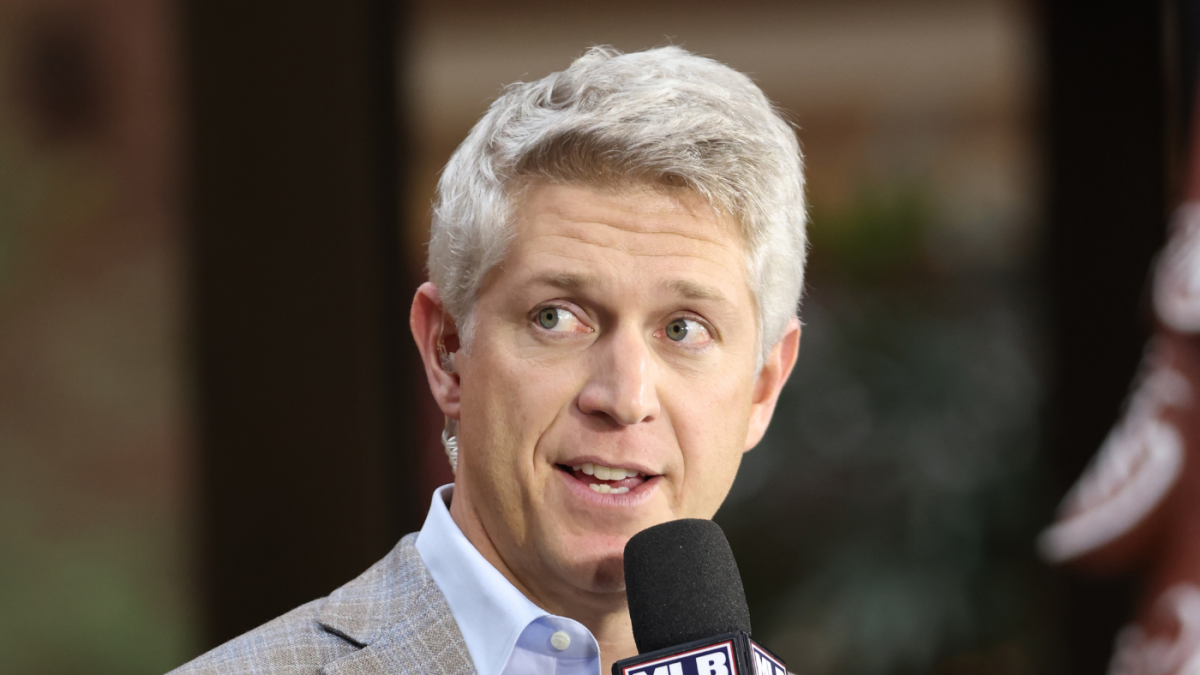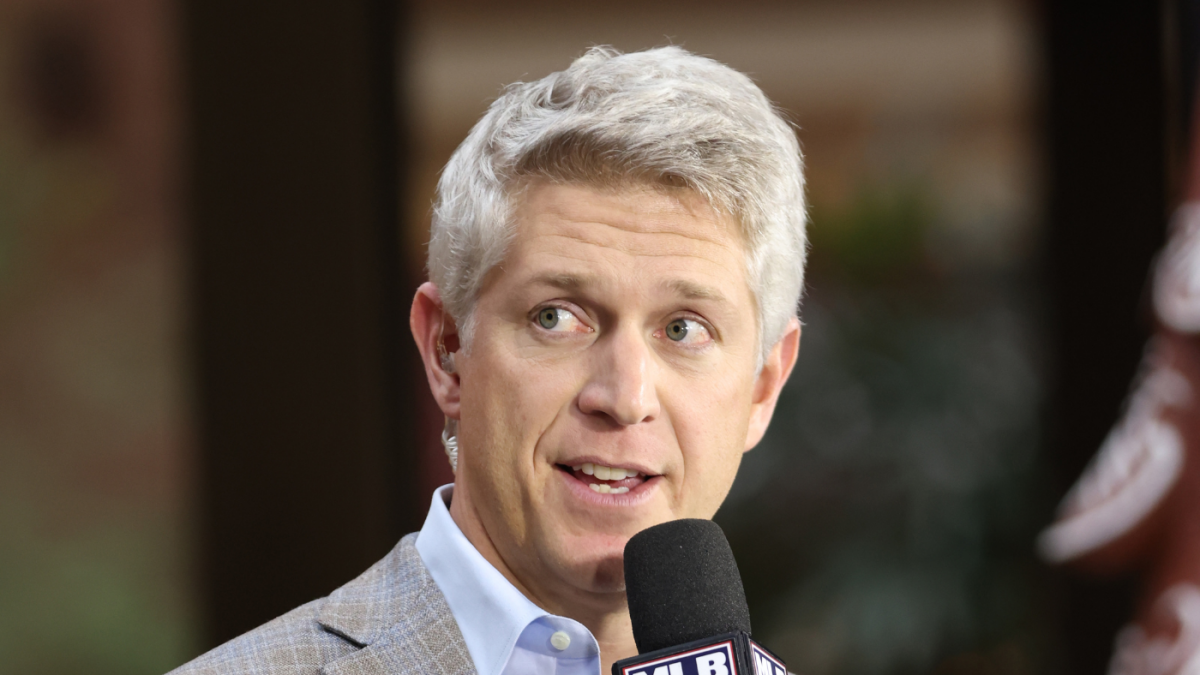The Baltimore Orioles find themselves at a critical juncture as the 2025 MLB trade deadline approaches. With a disappointing 35-46 record, the team sits at the bottom of the American League East, far from playoff contention. General Manager Mike Elias faces a complex dilemma: whether to sell off assets, hold steady, or make a bold move to spark a late-season turnaround. The Orioles’ current standing, internal resources, and ownership involvement all contribute to a multifaceted strategic landscape.
The State of the Orioles in 2025
The Orioles’ 2025 season has been marked by underperformance and inconsistency. Despite preseason expectations of competitiveness, the team has struggled to find its footing. A string of late losses and a lack of consistency have left the Orioles with little margin for error as the trade deadline looms. The team’s roster, which includes several valuable assets, is now under scrutiny as Elias weighs the potential benefits of trading veterans for prospects or holding onto them for a potential playoff push.
The Orioles’ current situation is further complicated by the fact that six teams from each league now qualify for the playoffs. This expanded playoff format increases the competition for both buyers and sellers in the trade market. The Orioles must carefully consider whether the current market conditions favor selling now or whether waiting could yield better returns.
GM Mike Elias’s Dilemma: To Sell or To Hold?
Mike Elias has been cautious in his public statements, refusing to commit to a specific path for the trade deadline. This hedging suggests that the Orioles are keeping their options open, but the practical realities of their current standing point toward a seller’s approach. Elias is navigating a complex web of factors, including ownership’s attitude, roster value, and market conditions.
Ownership, led by David Rubenstein, has been reported to be supportive of boosting the payroll if needed. This financial backing could encourage Elias to hold onto key players or make strategic acquisitions. However, the Orioles’ poor performance this season has raised questions about the team’s long-term trajectory and Elias’s job security.
Possible Trade Deadline Scenarios
If the Orioles continue to struggle, Elias might opt for a full-scale fire sale, trading high-value veterans for prospects. This approach would prioritize long-term rebuilding but could alienate fans eager for immediate progress. The Orioles have several tradeable assets, including players with upside that could attract interest in a seller’s market.
Alternatively, Elias could pursue a balanced approach, selling a few veterans while acquiring promising young talent or role players. This strategy would allow the Orioles to bolster their chances for a late-season surge and better positioning in 2026. Ownership’s willingness to expand the payroll adds flexibility to this approach.
Though unlikely given the Orioles’ current standings, Elias could choose to avoid significant trades and double down on the existing roster. This riskier path would depend on internal improvements and momentum swings. However, the odds of a playoff push are slim, making this option less appealing.
The Transition Behind the Scenes
Mike Elias’s communication style has reflected the tough position he occupies. Recent press conferences have been marked by tactical caution, with Elias avoiding firm commitments or promises. The mid-season firing of manager Brandon Hyde signals a willingness to change course but adds complexity to the trade deadline decisions.
Elias’s job security is also a factor in the trade deadline deliberations. A strong performance at the trade deadline could secure him another offseason to reshape the roster, while failure might jeopardize his tenure. The decisions made over the next weeks will reverberate throughout Baltimore’s baseball future, making this trade deadline a crucial litmus test for Elias and the franchise.
Strategic Considerations and Fan Sentiment
The Orioles are at a crossroads, combining on-field deficiencies with organizational aspirations. Fans oscillate between frustration and hope, aware of Elias’s previous track record and the potential for long-term investment in team talent. The decision at this deadline could shape Baltimore’s trajectory for years.
Ownership’s open stance on payroll flexibility implies a readiness to spend if the trade market and internal assessments support it. This financial backing adds a layer of complexity to Elias’s planning. Does he risk selling valuable assets now or hold them as trade chips in a more aggressive reclamation strategy?
Conclusion: The Trade Deadline as a Pivotal Moment
Baltimore Orioles GM Mike Elias faces one of the most challenging trade deadlines of his career. Balancing a poor win-loss record, ownership expectations, fans’ hopes, and market dynamics creates a multi-dimensional puzzle. While the team is officially “not committed to a path,” all signs lean toward some level of selling given the odds against playoff qualification.
This period will define Elias’s approach to team building and could alter the Orioles’ competitive outlook for 2026 and beyond. Whether opting for a cautious recalibration, a strategic seller’s market, or a bold all-in push, the decisions made over the next weeks will reverberate throughout Baltimore’s baseball future. The trade deadline is a crucial litmus test for Elias and the franchise, one that will shape the Orioles’ trajectory for years to come.












